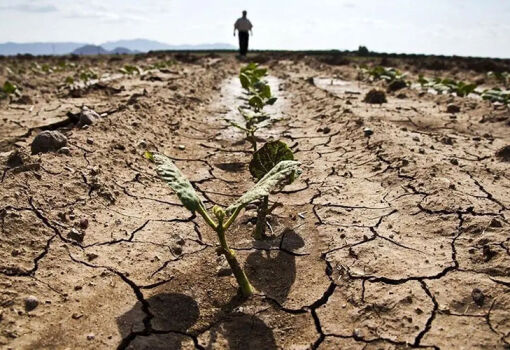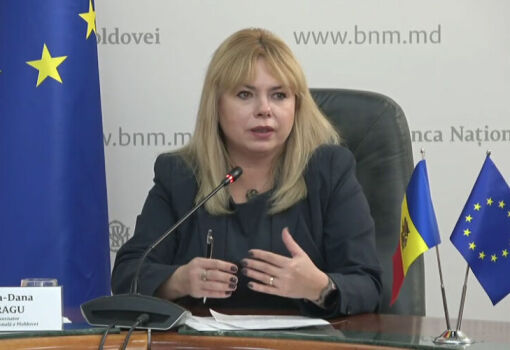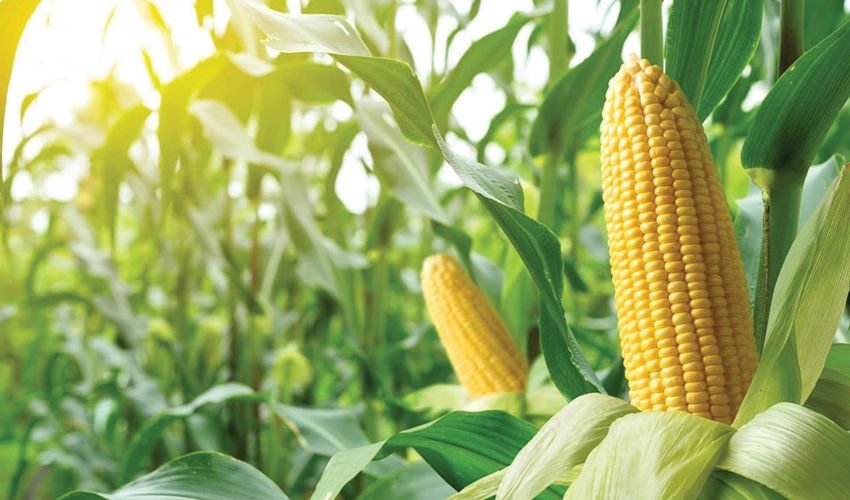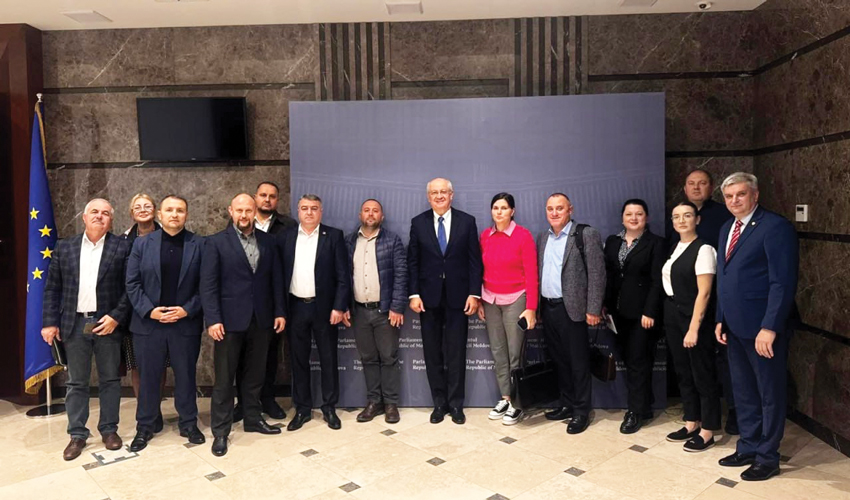
In 2025, the process of reducing the scale of insurance in agriculture in RM is likely to continue. Even though this year insurance companies will pay farmers tens of millions of lei in insurance indemnities for damages caused by April frosts. Usually, big insurance payouts are the best insurance advertisement for farmers. But this principle does not always work. Last year, the payouts were also quite large. Nevertheless, agricultural risk insurance has been stagnating for the last two years at the level of about 1% of all farmland.
In a sense, this is strange, given the fact that the current law on subsidized insurance (No. 243-XV, 2004) provides for a rather generous compensation by the state to insurance companies (up to 70% of the insurance premium). That is, the farmer pays only 30% of the insurance premium.
According to Yuri Rizha, the explanations for this are both economic and administrative. On the one hand, the subsidy is often transferred by the Agency for Agricultural Payments and Investments AIPA to the accounts of insurance companies with great delay. It is not uncommon for insurers to pay claims to farmers without waiting for the subsidized share of premiums. This imbalance badly affects the financial performance of insurance companies. Therefore, some of them restrain their activity in this segment of the insurance market.
In addition, due to the more frequent weather extremes, insurance companies have to pay more and more frequent indemnities to farmers for insured events. For example, last year reimbursements amounted to 24% of the insurance premium for animal insurance and 68% of the premium amount for crop insurance. This is one of the highest indemnity/contribution ratios in the current five-year period. In other words, insurance of agricultural risks is not the most profitable business for insurers.
On the other hand, in the conditions of rising prices of resources for agricultural production and, often, with not very favorable prices for the sale of products, the insurance premium for farmers, even taking into account subsidies, is a big financial burden. Moreover, the most dangerous risks, in particular, drought, are usually the most expensive insurance products. At the same time, insurance indemnities cover only a small part (8-20%) of the amount for which farmland and animals are insured.
And, perhaps, the most important limiting factor in the development of the insurance market is not a very high level of trust between policyholders and insurers. In this regard, we can recall that the problems in this sphere began about a decade and a half ago, when insurance companies first had big problems with paying damages to farmers due to the death of sugar beet crops and then rape. At that time the share of insured farmland in the production segments of these technical crops was very high – dozens of percent of the total area. Accordingly, the sums of damage compensations were also high – tens of millions of lei. And even then, the state was late in paying subsidies.
Today, this systemic limitation to the growth of subsidized insurance is periodically supplemented by disputes between insureds and insurers regarding the correctness of damage assessment.
As Yuri Rizha notes, some countries in Europe and Asia, despite the exponential growth of agricultural risks in the context of global climate change, have managed to create reliable mechanisms of agricultural insurance. The experience of these countries can become a valuable reference point for the development of a functional and sustainable model of agricultural insurance in Moldova.
According to the expert, one of the most promising regional examples for Moldova is the Turkish model of agricultural insurance TARSIM. This system was established in 2005 and is considered a model of agricultural risk insurance, including by such organizations as the World Bank and FAO, due to the balance between the participation of the state and private commercial structures.
The TARSİM model is based on a public-private partnership regulated by a special law in which the state plays an active role not only in subsidizing insurance premiums but also in administering/supervising the system as a whole. The Turkish state subsidizes between 50% and 67% of insurance premiums – depending on the crop and type of risk. And insurance products are developed and offered to farmers by private insurance companies operating under the supervision of a central authorized state body. In other words, TARSİM is a single coordination platform that ensures unification of contracts, unified damage assessment and management of reinsurance funds.
An important aspect is that the damage assessment is carried out by independent accredited experts and not by the insurance companies themselves, which gives farmers a greater degree of confidence in the fairness of the system. TARSİM also manages a rebalancing fund that covers the financial losses of insurance companies in the case of the largest natural catastrophes. As a result, TARSİM’s mechanism allows it to maintain affordable insurance premiums even in high-risk areas.













